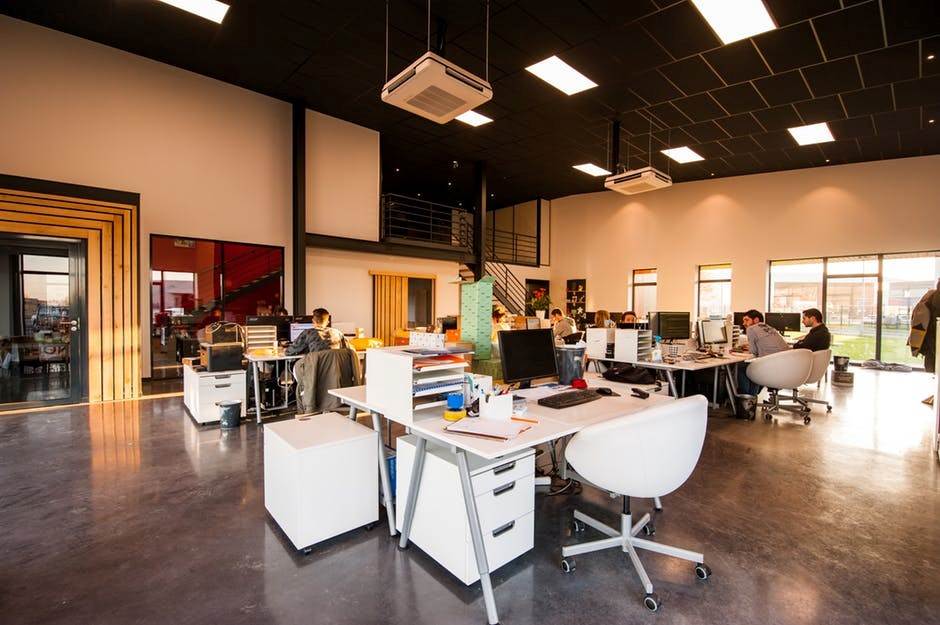
Reading Time: minutes
Office layouts play a crucial role in the success of the company and the productivity of its employees. As more corporations and businesses get creative with their offices, the debate on the preferred layout continues.
Much has been said about the traditional office spaces that placed employees in work cubicles or enclosed spaces. This is seen as a means to increase concentration by limiting unwanted noises or distractions during work execution. Previously, it was also recognized as an effective mechanism to control the interactions of the worker or employee placed in such a layout.
However, the workplace continues to evolve as time progresses. Given the change in the overall demographic and sentiment towards the traditional office spaces, an open office space layout seems to be the most viable option.
According to Forbes, open office layouts are a "big thing" in office design. It promises more synergy and productivity by making unlikely subjects interact and collaborate better. Many users praise it for bringing faster responses and solving problems with collaboration.
However, such transparency and camaraderie resulted in three big problems: noise, interruptions, and lack of privacy. The concept of "office serendipity" or institutional eavesdropping proved to be bad for attention span, creativity, thinking and overall satisfaction. A study from Cornell University revealed that a 3-hour long noise exposure leads to higher anxiety or fight-or-flight level.
Striking the balance
Experts say that it is possible to achieve the best of both worlds when it comes to office layout. Collaboration and concentration can exist by diversifying spaces. Spaces with varied levels of privacy such as allocating concentration hubs, private spaces, and open areas - can address issues raised for both layouts.
In a separate article, Anjali Mullany wrote that establishing rules per space also helps in making the fusion of traditional and open space layouts successful. Getting management out there by imposing an open door policy can help employees and superiors feel more connected.
In terms of design, the Harvard Business Review reminds workplace designers to consider three important considerations. Factoring proximity, privacy, and permission in the design are proven to improve interactions in the workplace.
This is why KMC Savills hires the best designers and workplace consultants when it comes to office design. For more information, please contact (02) 403-5519 or send an email to [email protected].

